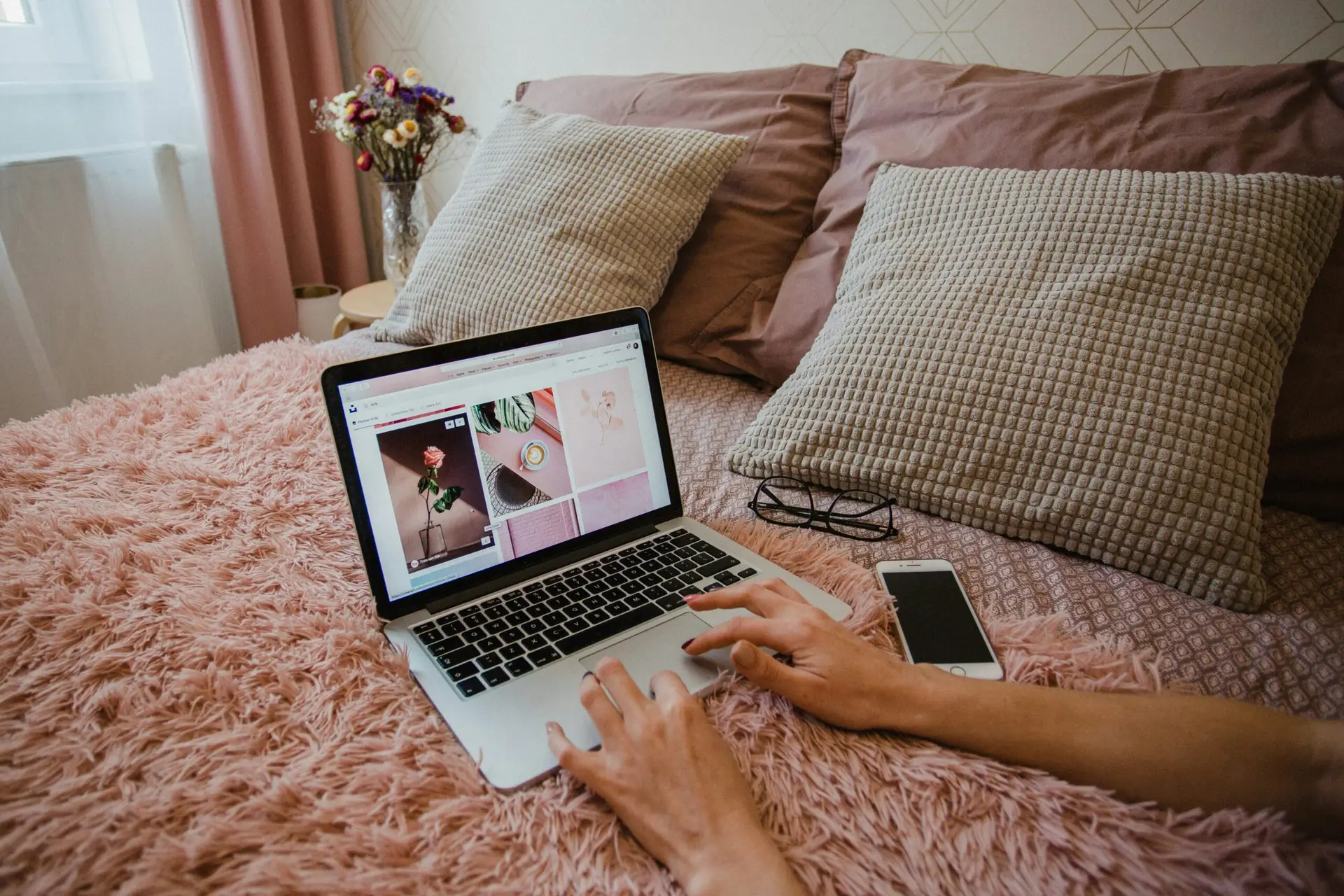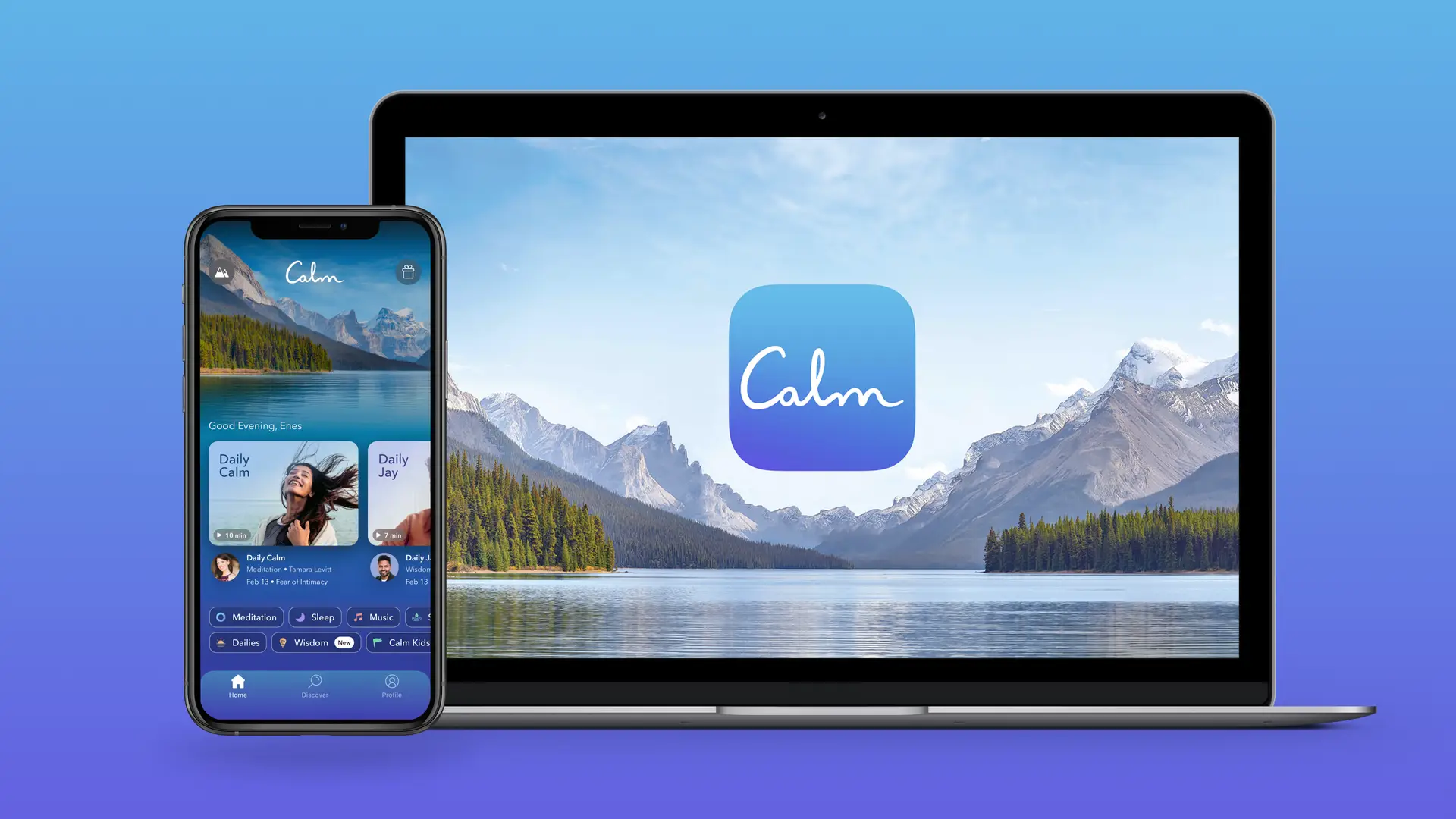Are you currently reading my words through a mobile screen? If the answer is yes, that’s not surprising. Why? Because most of us consume content online on a daily basis. Yet, as marketers, sometimes we need a tech detox.
Even better, we consume content, engage with it and connect with people. All through our devices, mainly our phones, I must say. If you are reading my words via a smartphone, don’t worry; there is nothing to be ashamed of.
Millennials and Gen Z are more connected than ever — and that has been a key player in the way their mental health is performing on a day-to-day basis, even more so than the older demographic.
The phenomenon, called “load rage”, is linked to data showing that two-fifths of millennials admit feeling the symptoms of burnout — including fatigue, insomnia and anxiety — because of the digital-heavy nature of their lives (The Scotsman online).
This kind of data is not just linked to sensational headlines; it also can prove a very serious correlation between burnout, anxiety, and technology.
Understanding Tech Anxiety
The truth is, we know that our screen time is affecting our mental health. The same OnePlus research suggested a high level of awareness about excessive phone use among younger people, with nearly half of those aged between 16 and 24 claiming they would like to reduce their screen time.
Scientific studies show just how much social media affects our mental health, directly correlating social media use and depression. It’s making us more anxious, too. Anecdotally, you’ve probably felt social media anxiety at some point and, with this, you may have revalued your relationship with technology altogether.
The negative effects of social media have been well documented, with even Facebook admitting that the platform may pose a risk to users’ emotional well-being.
Several studies have found an association between social media use and depression, anxiety, sleep problems, eating issues, and increased suicide risk, warn researchers from the University of Melbourne’s National Centre of Excellence in Youth Mental Health, in an article on The Conversation.
Is there any way we can take our power back?
While some of these studies have linked prolonged social media and mobile phone use with symptoms of depression, anxiety, and low self-esteem (especially in a younger audience), others suggest it can also provide significant benefits. At the end of the day and ask WHY we choose to be on a social account.
Automating for Less Screen Time
Embracing authentic engagement on social media is essential, but it’s equally important to strike a balance. How often have we fretted over the perfect posting time, or dissected our Twitter activity a tad too much? The solution isn’t to abandon our digital quest, but to streamline it.
Here are three transformative practices for marketers:
- Content Calendars: An oldie but goldie. Mapping out your content in advance ensures you’re not scrambling at the eleventh hour. With platforms that schedule your posts for peak times when your audience is most active. It’s not about taking a shot in the dark; it’s about a strategic bullseye.
- Social Media Management Tools: Scheduling apps that offer the ability to schedule, monitor, and analyse social activity in one central hub. It’s a game-changer, allowing more time for genuine interactions and less time on logistics.
The right toolkit doesn’t just minimise screen time – it maximises impact. The goal isn’t to reduce hours spent but to elevate the quality of those hours. When equipped with the right tools, we can make the digital world work for us, not the other way around.
Switch up Your Screens
Taking a step back and re-evaluating our digital touch-points isn’t just about combating tech fatigue. It’s an empowering act. And as we all know, awareness isn’t just enlightening—it’s the very catalyst for transformative change.
- The Desktop Difference: Migrating from your mobile to a desktop for social media can be a game-changer. Why? The broader, stationary landscape offers a different dynamic—a sense of purpose, intention, and focus. Less swiping, more structured engagement.
- Purposeful Platform Use: Many of my esteemed clients have made a simple yet impactful transition: moving from mobile apps to the full-bodied experience of native desktop platforms. It’s not just about the device; it’s about the mindset it cultivates.
- Scheduled Social Sessions: Carve out dedicated ‘social slots‘ in your day. Treat your online time not as a filler activity but a task with intention. By consciously allotting time for it, you become the director of your digital narrative, rather than just a passive consumer.
Go on a Tech Detox
Some people go on a seven-day tech detox. Having a complete social media detox might not be the answer for you, it may just be one or two platforms that you choose to take a break from.
- Tailored Time-Outs: Not all detoxes need to be all-encompassing. For some, it’s about taking a hiatus from that one platform that seems to vacuum up hours unnoticed. For others, it’s about spacing out from several. It’s personal, and it’s pivotal.
- Identifying the Culprit: Feel a twinge of anxiety with every notification ding? Identify which platforms amplify your stress. If it’s elusive, perhaps it’s time to consider a more comprehensive digital step-back.
- Your Detox, Your Rules: Whether it’s a full-scale blackout or a temporary timeout from select platforms, it’s your journey. There’s no one-size-fits-all. The crux? It’s about rediscovering equilibrium in a digital-dominated world.
Challenge yourself: what if you were to momentarily unplug, say for a weekend? The world will, reassuringly, keep spinning. But here’s the real question: How might your world change?
Clean Up your Accounts
Truth is, sometimes following some people can truly affect our self-esteem and how we see ourselves. In cases like this, a good clean up is in order.
- Detoxing Your Digital Space: Dedicate a mindful hour. Scroll through your feed. Notice any content that feels unsettling. Trust your instincts. If an account no longer aligns with your values or mental peace, gracefully unfollow.
- Joyful Digital Inventory: As Marie Kondo elegantly puts it, “Does this spark joy?” Sometimes, it’s not the quantity but the quality of your connections. Each follow should enrich, not drain.
Let’s not sidestep the reality: our screens are an integral chapter in the story of our lives. From sunup coffee scrolls to late-night likes, digital connections weave through our days seamlessly, sometimes sweet, other times a tad too enveloping.
Is it possible to adore our online world whilst ensuring it doesn’t tip our mental ship? Absolutely.
The secret sauce isn’t in axing our digital dalliances but gently sculpting them to cradle our mental wellbeing with utmost tenderness.
Ready to get started with positive impact marketing?
Set up power marketing systems build a marketing strategy that drives results, when you join our certification.
Develop an advanced set of marketing skills that drive more measurable results to any project and harness the power of psychology, purpose, storytelling, and impact to build trust in an increasingly skeptical world.
Take our certification, build your marketing plan and build your ultimate marketing toolkit.




